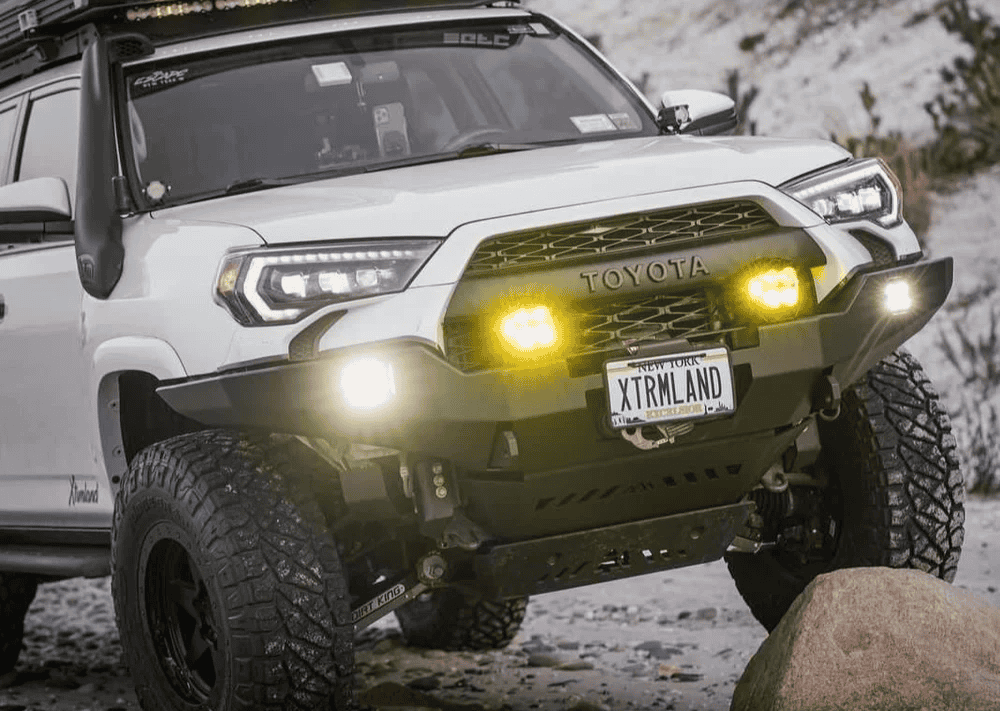Overland Vehicles

Every vehicle fights the same opponent: unmanaged heat. Engines, inverters, chargers, batteries, and even sunlight pouring through glass all add thermal load. A thermal management system directs that energy so components stay in their ideal ranges and the cabin remains comfortable. Think of it as traffic control for heat, using materials and motion to move energy where it should go and prevent it from accumulating where it should not. The goal is stability, not just cooling or heating.
Energy moves by conduction, convection, and radiation. Conduction transfers heat through solids, so thermal breaks and low conductivity materials slow that path. Convection relies on fluids and airflow, which makes duct routing, fan selection, and pressure zones essential. Radiation is about surface temperature and emissivity, so coatings, window films, and radiant barriers reduce solar gain and infrared losses. Good designs address all three paths at once.
Passive measures form the base layer. Closed cell foam, mineral wool, and aerogel composites reduce conduction while maintaining acoustic control. Thermal breaks at metal ribs and mounting points limit bridging. Radiant barriers and ceramic window films reflect a meaningful share of solar energy before it becomes cabin heat. Vent shades, insulated partitions, and well sealed doors prevent leaks that undo all that work. Passive choices cut the load so active systems can be smaller and quieter.
Active components manage the remaining load. Heat pumps move energy efficiently in both directions for cooling and heating. Glycol loops tie together heat exchangers, battery plates, and cabin coils so waste heat can be recovered or rejected. Variable speed fans create targeted airflow with less noise while maintaining pressure through filters and ducts. Smart thermostats and sensors orchestrate the system, keeping temperatures inside tight windows without constant cycling.
High energy batteries and power electronics have comfort zones. Cold conditions slow lithium chemistry and reduce available power, while heat accelerates aging and can strain safety margins. Liquid cooled plates, thermal interface materials, and temperature monitored loops keep cells even across the pack. In winter, preheating through coolant or pad elements brings batteries up to an efficient range before heavy loads. Protecting these components pays off with longer life and consistent performance.
Begin with a load map. Quantify solar gain by area and glazing, estimate equipment waste heat, and set target interior temperatures for hot and cold conditions. From there, build a hierarchy: first reduce the load with insulation, radiant control, and shading; next, plan airflow paths and pressure zones; finally, size active equipment to handle the remainder with headroom. The right sequence keeps systems compact, power friendly, and reliable.
Ducting matters as much as capacity. Short runs, gentle bends, and smooth interiors reduce losses. Return air placement prevents short cycling and helps wring out hot pockets near ceilings and electronics bays. Fan selection should account for static pressure across filters and heat exchangers, not just free air ratings. For fluid loops, consider corrosion control, pump curves, and service access. Components must be mounted for vibration resistance and field maintenance, because dust and washboard roads test every joint.
Material choices make or break real world performance. Thermal breaks at metal frames, insulated window covers with magnets or tracks, and high coverage floor insulation stop the biggest leaks. Bonding adhesives with low thermal conductivity help maintain the envelope. In wet areas, closed cell foams that do not wick moisture prevent hidden losses and mold issues. Everything should be modeled for drainage and airflow so moisture does not become its own thermal problem.
When a rig leaves pavement, theory meets terrain. Temperature swings in the desert, snow packed passes, and long idles at trailheads expose weak links. Integrating cabin comfort with battery care and electronics cooling under one plan keeps the experience seamless. That is where a purpose built system shines: fewer components working smarter, less noise, and predictable performance in brutal conditions.
If your build is geared for remote travel, explore our overland rigs to see how integrated thermal planning improves comfort and safety. For tailored solutions that pair insulation, airflow, heat pumps, and battery conditioning with your platform, our custom overland upfit process turns design theory into a tested system. Curious about our approach and craftsmanship standards before you commit? Start with why choose OZK Customs to understand how we build for real world miles.
A well balanced thermal management system does more than cool or heat. It preserves battery health, stabilizes electronics, reduces energy draw, and lets you enjoy quiet nights and focused days. Share your climate, use case, and power goals, and we will architect a solution that works in summer heat and winter cold without drama.
Ready to spec a thermal package that keeps your cabin comfortable and your batteries in the safe zone year round? Tell us about your platform, climate, and power needs. OZK Customs will design and build a balanced system that integrates HVAC, insulation, airflow, and battery conditioning into one cohesive plan. Submit the form and let our team map your path from concept to road proven performance.
ADDRESS:
6159 E Huntsville Rd, Fayetteville, AR 72701
PHONE:
(479) 326-9200
EMAIL:
info@ozkvans.com